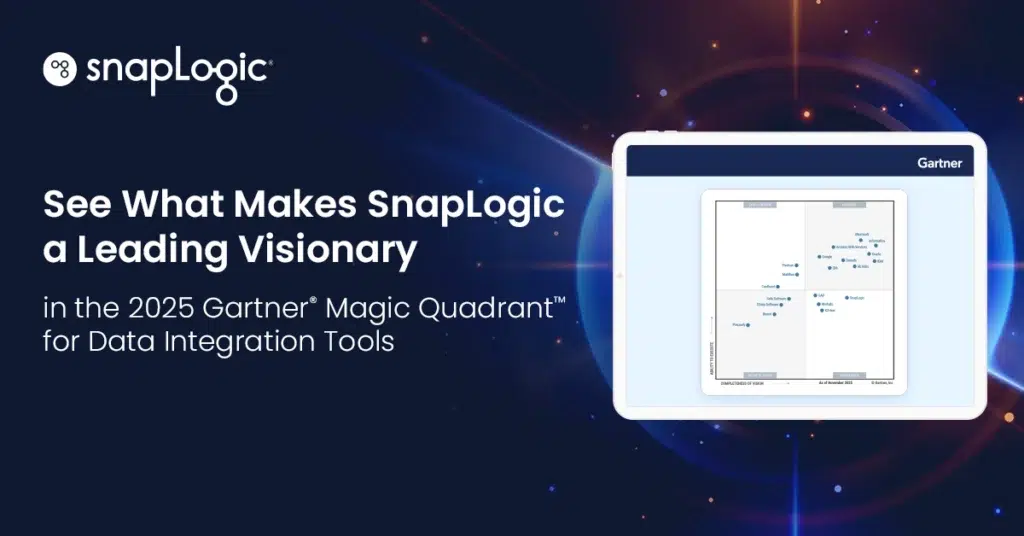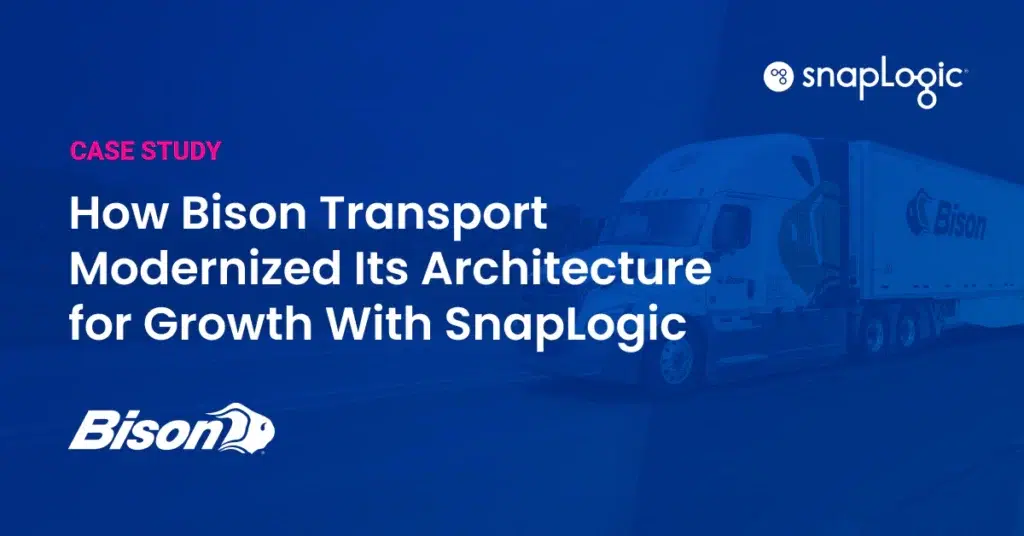What is Hive?
Hive is a data warehouse framework that overlays a data infrastructure on top of Hadoop so that data can be queried using a SQL-like language. The Hive data warehouse does not store the data itself. Hadoop stores the data. Hive uses a SQL dialect, called Hive query language (HQL or HiveQL), to perform queries, summaries, and analysis of the stored data.
What is Hive data lake?
The actual Hive data lake – a data repository – is within Hadoop. A data lake is a flat architecture that holds large amounts of raw data. The Hadoop data lake stores at least one Hadoop non-relational data cluster.
Relational data is stored in tables or charts, which makes it easier to read the rows of data. Nonrelational data is less organized than relational data. However, it has the distinct benefit of being able to store virtually any type of data. In addition, because it is not structured rigidly, nonrelational data is easier and cheaper to build, expand, and maintain.
How Hive data lake helps ingestion
The advantages of Hive allow for easier integration with custom elements, like extensions, programs, and applications. It is also better suited for batch data ingestion and processing.
Taking advantage of Hive querying and warehousing with the SnapLogic Enterprise Integration Platform can increase data ingestion efficiency and speed as well as workforce productivity. Since no coding is required and governance is simplified, you can create agile data pipelines that store and extract exactly the information you need.








